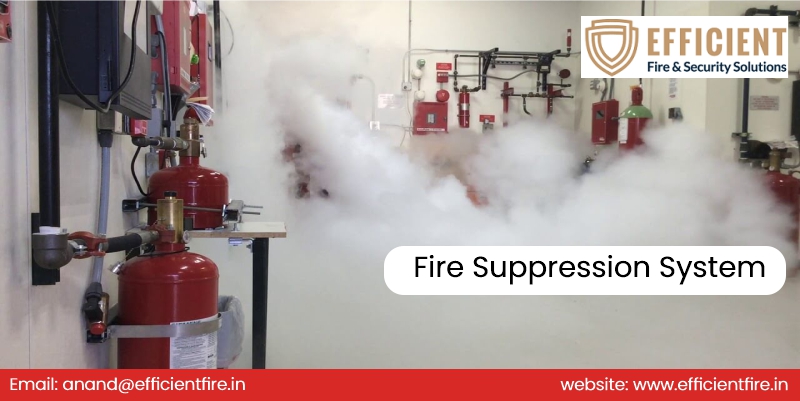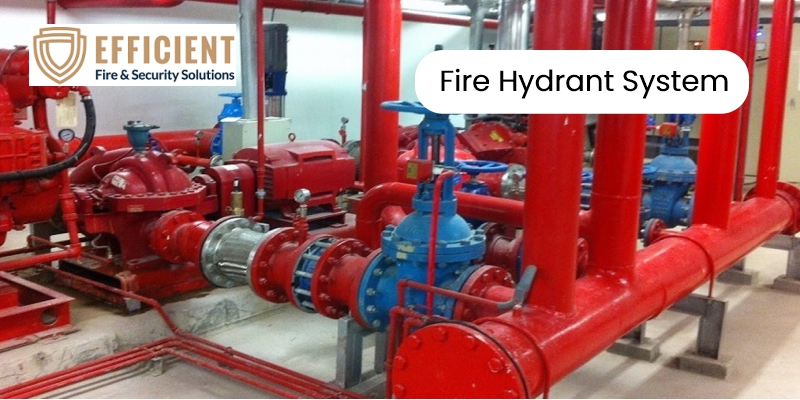Fire suppression systems are critical elements of building safety, designed to detect and extinguish fires swiftly, limiting damage and protecting lives. These systems employ various technologies and extinguishing agents to suppress fires effectively. Understanding the design, types, and benefits of fire suppression systems is essential for building managers, property owners, and safety officials aiming to enhance fire safety measures.
Most commonly, a fire suppression system has built-in components that detect fires at the beginning stages through heat, smoke, and other warning signals. Efficient Fire & security solution private limited is one of the leading manufacturers, suppliers of Fire suppression systems in Pune, India. These are attached to an alarm system that will alert you when the fire has been detected and initiate steps for action to further suppress the fire.
The majority of fire suppression systems will automatically release the application of an external substance to extinguish the fire after the detection and/or alert. However, some fire suppression systems have a manual application release.
Design and Components:
Fire suppression systems are composed of several key components, each playing a crucial role in detecting and extinguishing fires. The main components include:
Detection System: Fire suppression systems incorporate various detection methods, such as smoke detectors, heat detectors, or flame detectors, to identify the presence of a fire accurately.
Control Panel: The control panel serves as the central hub of the fire suppression system, receiving signals from the detection system and initiating the suppression process. It also provides visual and audible alarms to alert occupants of a fire emergency.
Types of Fire Suppression System:
Fire suppression systems are categorized based on the type of extinguishing agent used. The most common types include:
Water-Based Systems: These systems utilize water as the primary extinguishing agent and are suitable for combating fires involving combustible materials such as wood, paper, and textiles. Examples include sprinkler systems and deluge systems.
Gaseous Systems: Gaseous suppression systems extinguish fires by displacing oxygen or inhibiting the chemical reaction essential for combustion. Common gaseous agents include carbon dioxide (CO2), clean agents (e.g., FM-200, Novec 1230), and inert gases (e.g., argon, nitrogen).
Benefits of Fire Suppression Systems:
Implementing a fire suppression system offers numerous benefits for building occupants, property owners, and the community at large, including:
Rapid Response: Fire suppression systems can detect and suppress fires swiftly, reducing the risk of extensive damage and minimizing downtime.
Insurance Premium Reduction: Property owners may qualify for lower insurance premiums by installing fire suppression systems, as they mitigate the risk of fire-related losses.
Conclusion:
Fire suppression systems are indispensable components of building safety, offering reliable protection against fires and enhancing overall fire safety measures. Understanding the design, types, and benefits of fire suppression system is crucial for implementing effective fire protection strategies and safeguarding lives and property. By investing in the installation and maintenance of fire suppression systems, property owners and building managers can contribute to creating safer and more resilient communities.





